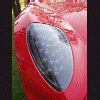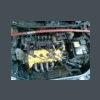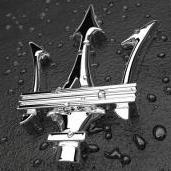Porsche 918 Spyder 2014
quanto ti piace la Porsche 918 Spyder 2013?
50 voti
-
1. quanto ti piace la Porsche 918 Spyder 2013?
-
• Molto28
-
• Abbastanza15
-
• Poco3
-
• Per niente2
-
- Si prega di accedere o registrarsi per votare a questo sondaggio.
-
Contenuti simili
-
- 41 risposte
- 6988 visite
-
Porsche 911 GT3 & GT3 Touring Facelift 2025 1 2
Pubblicato da Osv,
- 911
- 911 gt3 2025
- (e 7 altri in più)
- 11 risposte
- 1229 visite
-
- 19 risposte
- 5987 visite
-
-
-







.thumb.jpg.902d2a4f20a129e92b6f6920407b81bd.jpg)











.thumb.jpg.46228d717c405acd43b45b79fddce6a4.jpg)




Messaggi Raccomandati:
Crea un account o accedi per lasciare un commento
Devi essere iscritto per commentare e visualizzare le sezioni protette!
Crea un account
Iscriviti nella nostra community. È facile!
Registra un nuovo accountAccedi
Sei già registrato? Accedi qui.
Accedi Ora